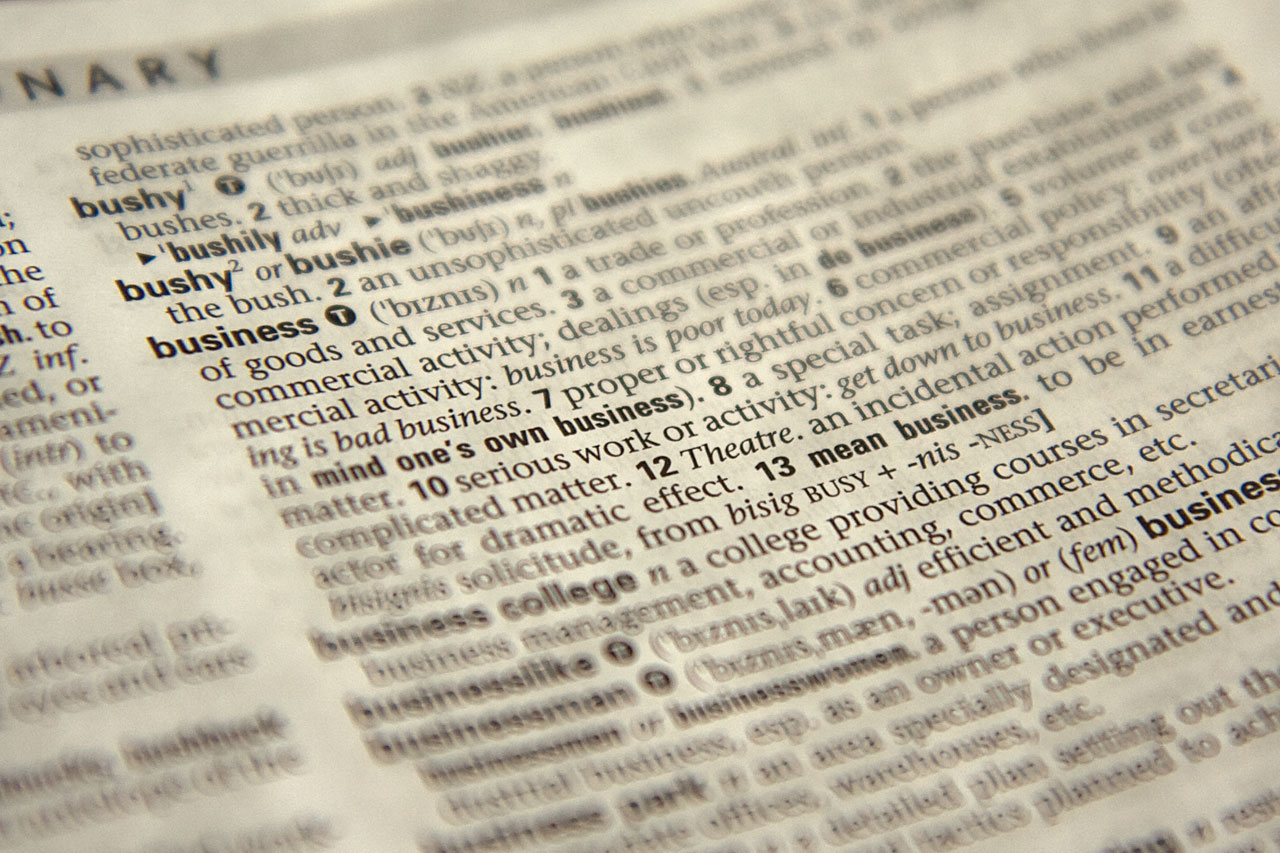Divine Tips About P&l Meaning Business Financial Statement Ifrs

Now that you know what a p&l is, let’s look at how to read and interpret it.
P&l meaning business. A profit and loss statement, formally known as an income statement or simply as a p&l, tracks the amount of profit that remains after a business subtracts all of its costs from its revenue during a specific accounting period,. The profit and loss statement (p&l), also referred to as the income statement, is one of three financial statements that companies regularly produce. What does p&l mean?
Startup businesses that don't have past performance to use in preparing a p&l create a pro forma p&l. A profit and loss statement is a financial report that shows how much your business has spent and earned over a specified time. The basic p&l is a periodic one.
At its core, a profit and loss account (p&l) is a financial statement that provides a snapshot of a company’s revenues, costs, and expenses over a specific period. A profit and loss statement is defined as a financial statement that provides a record of the revenues, expenses, and profits/losses incurred by a business over a specified time frame, typically issued monthly, quarterly, and annually. It’s like a financial report card that summarizes whether a business is making a profit or incurring losses.
It’s a financial document that includes the revenues and expenses of a company. It's a straightforward presentation of a. Stop putting all the responsibility for p&l management on the shoulders of one person or a small band of senior executives.
The p&l statement shows a company’s ability to generate sales, manage expenses, and create profits. Profit and loss (p&l) statements are one of the three financial statements used to assess a company’s performance and financial position. A profit and loss statement (p&l), or income statement or statement of operations, is a financial report that provides a summary of a company’s revenues, expenses, and profits/losses over a given period of time.
Finance professionals often use p&l statements in investment banking, corporate finance, accounting, and small business decisions. The two others are the balance sheet and the cash flow statement. A p&l statement is a document that compares the total income of a business against its debt and expenses.
The profit and loss statement summarizes all revenues and expenses a company has generated in a given. Educate employees about business value drivers and empower them to manage costs and operating expenses at an individual, project, and departmental level. Knowing how to read a profit and loss statement is key to making informed.
Thus, the pro forma p&l is merely a projection of what they expect to earn and to spend, and is needed if a startup is seeking capital via a loan or with investors. It gives you a financial snapshot of how much money you’re making (or losing) and can make accurate projections about your business’s future. Wall street struggled to gain traction, with the bond market digesting another big sale of treasuries and stocks hovering near records.
Profit and loss management involves overseeing the incoming cash (business income) and the outgoing cash flow (business expenses) to gain a net operating profit for the business. A p&l statement, also known as a profit and loss statement or income statement, is a financial document that explains a company’s financial health for a given accounting period. The p&l statement serves as a financial compass, guiding traders and businesses in mapping their financial trajectory.
A profit and loss (p&l) statement is the same as an income statement. A profit and loss statement might also be called a p&l or an income statement. P/l, or p&l, stands for profit and loss statement.


















